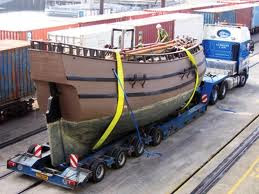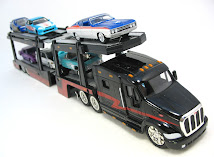Accidents occur if there is an involvement of large vessels but most of that occurs due small vessels. It also occurs due to sinking and turns over as well as collisions, groundings, and missing ships. Much accident occurs repeatedly during the typhoon season.

The foremost one is to understand the definition of governmental functions concerning maritime safety. Next the industry should work within a skeleton of maritime safety regulations. The safety navigation is put in danger by the uncomfortable shortage of aids to navigation such as light houses, search and rescue capability, vessel traffic control system, and weather forecasting and information dissemination.
Safety measures include the safety performance among boat workers that should be observed and evolved into a key component of their reward and giving employees a vested interest in the safe operation of every journey. These types of issues are forced by the lack of crew members whom the domestic ship-owners and operators are losing to the more profitable abroad trade.
Next measurement includes a well-developed network of sea and coastal ports. This dimension is very important at the time of natural calamities. The water transport becomes the feasible mode when the road network gets totally paralyzed. On the other hand, the situation of the ports and harbors has steadily weakened over the years. Even if there is enough safety, accidents that took place in recent years give the impression that sea travel remains a risky adventure.
















